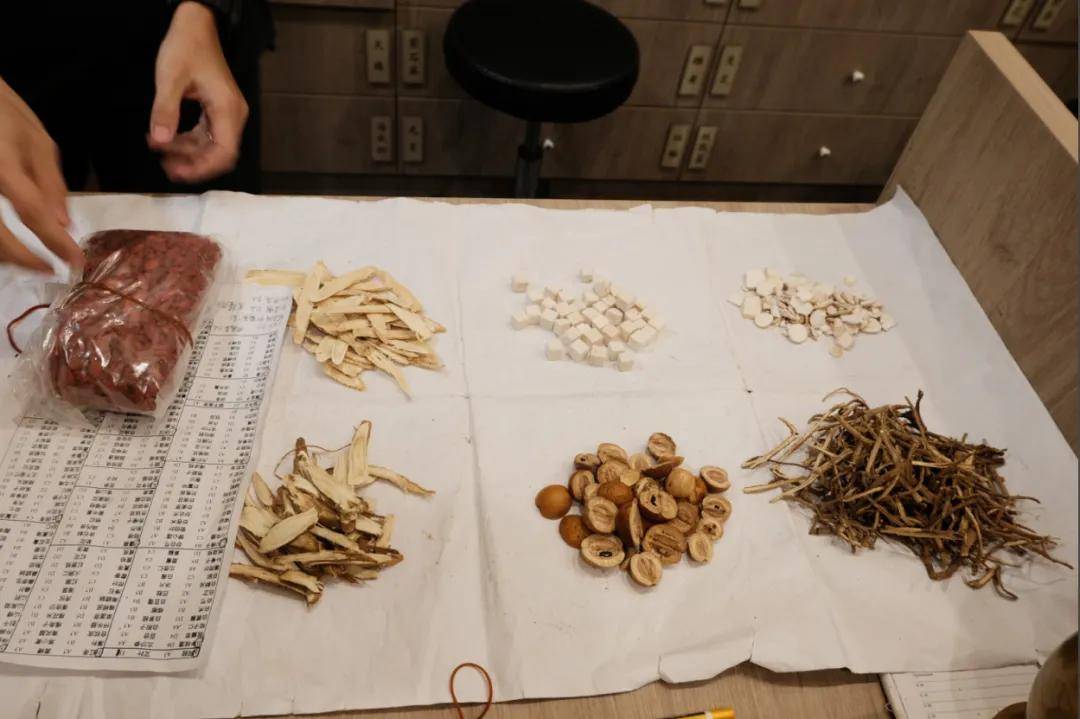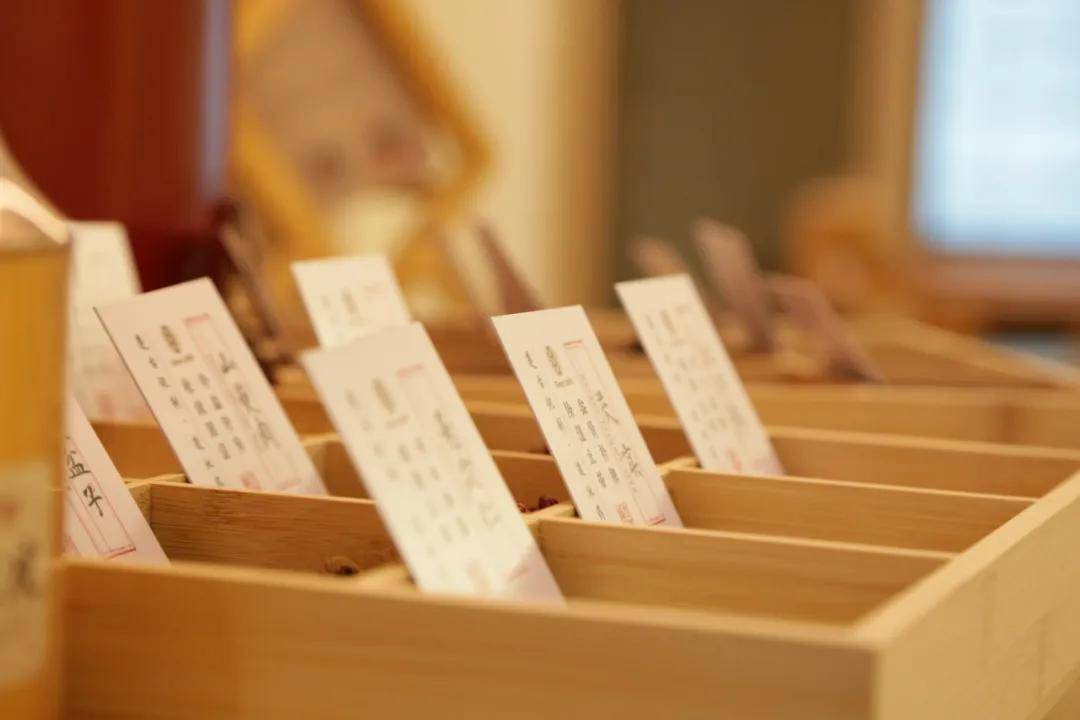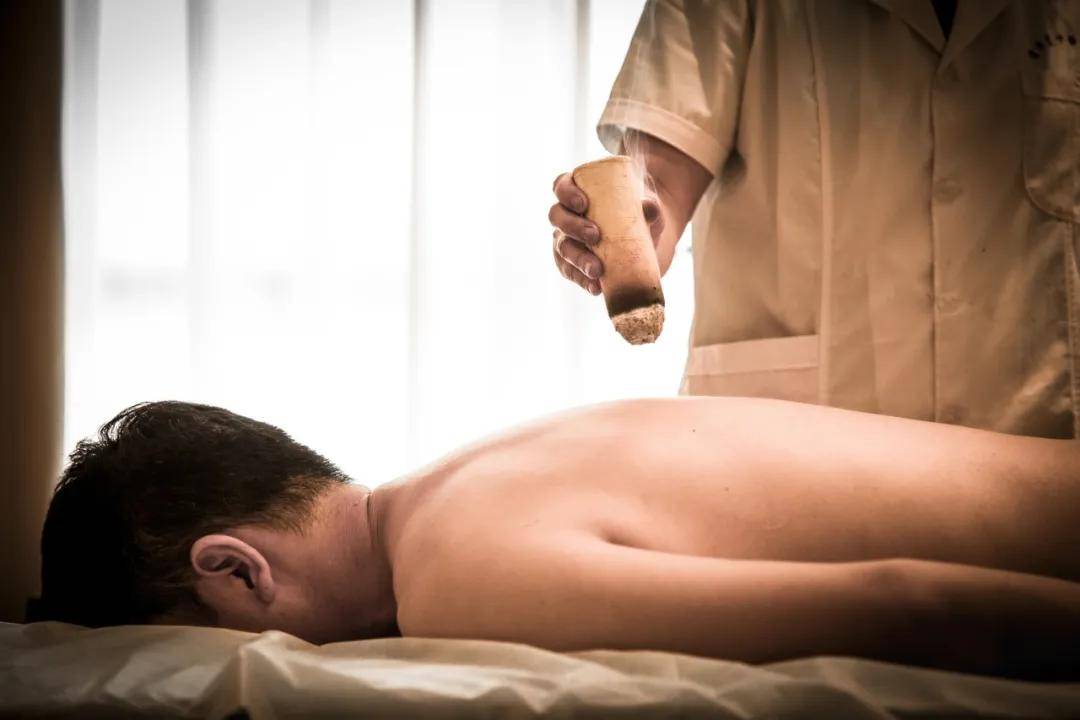- Physicians
- Clinics
- TCM
- Western GP
-
Fees
-
Deals & Privileges
- About & Resources
- Contact Us
Many patients diagnosed with rheumatoid arthritis (RA) often feel confused and anxious, wondering: "Why did RA happen to me?" Today, let's discuss a specialized formula for treating rheumatism.

For a long time, people have habitually associated arthritis with rheumatism, believing that all arthritis is caused by rheumatism and that rheumatism patients must have joint problems.
In reality, while the two are closely related, they are not the same condition.
First, aside from rheumatism, there are nearly a hundred other causes of arthritis. On the other hand, rheumatism only leads to rheumatic arthritis when it affects the joints. Although arthritis is the most common symptom of rheumatism, about 25% of rheumatism patients show no obvious joint pain clinically. Rheumatic arthritis typically has an acute onset, primarily affecting large joints.
Dr. Que Poh Yuen Albert, a TCM rheumatology expert from Singapore's Gong Fang Tang Traditional Chinese Medicine Clinic, explains that rheumatism falls under the category of "Bi Syndrome" (痹症) in TCM. Its external symptoms include:
Pain, swelling, numbness, and heaviness in joints, tendons, muscles, and skin
Restricted limb movement
In chronic cases, joint deformities, muscle stiffness, and atrophy
TCM attributes rheumatism to two main causes:
Weakened vital qi (正气虚衰) – Poor body defenses, insufficient essence and blood, leading to loose interstices.
Invasion of external pathogens (外感六淫) – Wind, cold, dampness, or heat taking advantage of weakness to invade the skin, block meridians and joints, and obstruct qi and blood flow, resulting in Bi Syndrome.
So, what’s the solution?
Simply put: Expel wind, cold, and dampness, replenish qi and blood, and restore joint health—then the disease resolves.
As Zhang Zhongjing wrote in Jin Gui Yao Lue (Synopsis of the Golden Chamber):
"When a patient experiences generalized pain, fever, and worsening symptoms in the late afternoon, it is called rheumatism. This condition arises from exposure to wind while sweating or prolonged exposure to cold. Ma Xing Yi Gan Tang (Ephedra, Apricot Kernel, Coix Seed, and Licorice Decoction) can be used."
This directly states that Ma Xing Yi Gan Tang is an effective treatment for rheumatism.

Ephedra, Apricot Kernel, Coix Seed, and Licorice Decoction (Ma Xing Yi Gan Tang)
[Ingredients]
Ephedra (麻黄) – 0.5 liang (de-noded, soaked in hot water)
Licorice (甘草) – 1 liang (honey-fried)
Coix seed (薏苡仁) – 0.5 liang
Apricot kernels (杏仁) – 10 pieces (peeled, tips removed, stir-fried)
[Preparation & Dosage]
Coarsely crush the ingredients into bean-sized pieces. Take 4 qianbi (approx. 12g) per dose, simmer in 1.5 small bowls of water until reduced to 80%. Strain and drink warm.
[Indications]
Mildly releases exterior pathogens, promotes qi flow, and eliminates dampness.
Treats wind-dampness in the exterior with symptoms:
Aversion to wind-cold, fever (possible sweating)
Generalized pain and heaviness, worsening in the evening
Possible cough with phlegm
Pale tongue, thin coating, floating and weak pulse
Clinically used for:
Cough, flat warts, rheumatic fever
Reported applications: Acute glomerulonephritis, headaches, asthma, sinusitis, rheumatoid arthritis, psoriasis, melasma, eczema, pruritus, hypersomnia.
[Modern Reference Dosage]
Ephedra (de-noded, soaked) – 6g
Licorice (honey-fried) – 3g
Coix seed – 12g
Apricot kernels (peeled, stir-fried) – 6g
Key Notes:
Coix seed (薏苡仁): Sweet, slightly cold. Shennong Ben Cao Jing states: "Relieves tendon stiffness and spasms, treats chronic wind-damp Bi syndrome."
Comparison with Ephedra Plus Atractylodes Macrocephala Decoction (麻黄加术汤):
Both treat wind-dampness via sweating and dampness elimination.
The latter (with warm-natured white atractylodes) targets cold-dampness.
This formula (with cold-natured coix seed, omitting cinnamon) targets damp-heat Bi syndrome (Taiyang-Yangming combined syndrome).
[Mechanism]
The synergy of ingredients:
Acrid dispersion to expel pathogens
Wind-dampness elimination
Ideal for conditions where sweating weakens the interstices, allowing wind-damp invasion, leading to meridian blockage and qi-blood stagnation.
[Extended Applications]
Also effective for:
Gout
Bone spurs
Osteoarthritis

Medical Case Report
Patient: Mr. Li, 46 years old
First Visit:
Presenting with redness, swelling, and pain in the left knee joint for 2 days, accompanied by:
Localized skin heat
Occasional numbness
Dry mouth
Urinary urgency
Nocturia (once per night)
Prescription: Modified Ma Xing Yi Gan Tang (Ephedra, Apricot Kernel, Coix Seed, and Licorice Decoction)
Ephedra (麻黄) – 15g (decocted first)
Bitter apricot kernel (北杏) – 15g
Coix seed (薏苡仁) – 30g
Licorice (甘草) – 10g
Dioscorea hypoglauca (萆薢) – 30g
White atractylodes (白术) – 25g
Stephania tetrandra (防己) – 25g
Gypsum (生石膏) – 120g (wrapped while decocting)
Second Visit (October 16):
Left knee joint redness and swelling subsided
Pain significantly reduced
Prescription: Continued with the same formula
Case Analysis:
The patient exhibited knee joint redness, swelling, pain, and heat, consistent with the classical description of "generalized pain and fever" in the original text, though localized.
Principle: "Treat the pattern with the corresponding formula."
Modifications:
Gypsum (生石膏) – Clears heat
White atractylodes (白术) – Dries dampness
Dioscorea hypoglauca (萆薢) – Resolves damp-heat in the lower jiao, relieves knee pain
Stephania tetrandra (防己) – Specialized for treating damp-heat swelling in the waist and legs
Clinical Efficacy:
The physician skillfully adapted Ma Xing Yi Gan Tang to treat rheumatic Bi pain, gout, and other joint disorders, achieving remarkable results.
